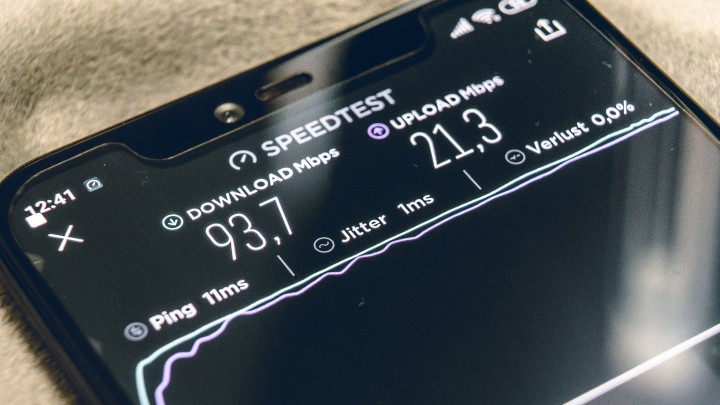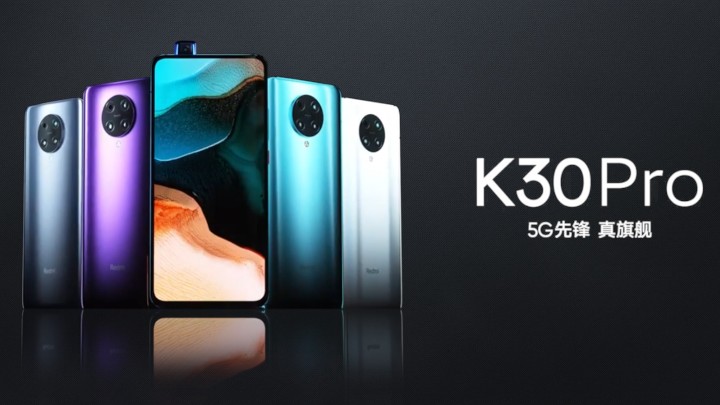5G Smartphones Will Drain Batteries Even Faster
Mobile devices supporting 5G network can work up to 20% shorter than previous ones, communicating in the 4G/LTE standard. This information comes from Xiaomi, one of the smartphone market leaders.
The 5G network has been tested in many cities and you can already buy first devices that support it. The technology is still a source of concern and controversy, and many people are wondering how it even works. It is certainly faster, but it also turns out to be more energy consuming. The higher speed and frequency of the 5G modem affects battery power consumption. We can see the icon of a discharged battery earlier than in case of 4G devices.
- According to Xiaomi, the energy consumption of 5G devices is 20% higher than that of older technology;
- The Xiaomi Redmi K30 Pro has a large capacity battery pack to counteract the increased energy demand;
- Qualcomm is developing technologies to reduce the energy demand of 5G systems.

Most current phones need to be charged every other day or even each day. For those supporting 5G communication, the frequency of using the charger may become even higher. Xiaomi's Deputy Director, Lu Weibing, has confirmed that smartphones compatible with the new technology consume 20% more power. He wrote this on Weibol about one of the new Xiaomi models.
The Redmi K30 Pro has a Qualcomm 8-series processor, which consumes a lot of power in itself. Together with the 5G module it creates a situation in which it has become necessary to use a battery with a large capacity of 4700 mAh. To fit it in a slim design, the motherboard is made in a "sandwich" design, popular in other flagship models. The fingerprint reader under the display was also significantly slimmed down to create space for such a spacious battery.

These solutions will be needed to keep the 5G smartphones' running time between recharges as we are used to. It's possible that over time the new technology will mature and stop being so energy intensive. Qualcomm has announced its 5G PowerSave solution for the MWC 2019, promising to reduce energy demand to the level of current devices. Let's not forget that the first smartphones in 4G also drained the batteries more strongly, so finding an effective solution is only a matter of time.
0

Author: Arkadiusz Strzala
His adventure in writing began with his own blog and contributing to one of the early forums (in the olden days of Wireless Application Protocol). An electrical engineer by profession, he has a passion for technology, constructing and, of course, playing computer games. He has been a newsman and writer for Gamepressure since April 2020. He specializes in energy and space tech. However, he does not shy away from more relaxed matters every now and then. He loves watching science-fiction movies and car channels on YouTube. He mainly plays on the PC, although he has modest console experience too. He prefers real-time strategies, FPS and all sorts of simulators.
Latest News
- This is expected to be the biggest year in the company's history. Blizzard prepares an offensive that will overshadow previous years
- Bethesda envied CD Projekt RED? Starfield may undergo a Cyberpunk 2077-style metamorphosis
- Season 2 has just started, and Todd Howard is already writing the script for the third one. Fallout 5 will be changed by the TV show
- 5 games to grab on Amazon Prime Gaming. Among them, a collection of RPG classics
- My experience attending the 2025 Game Awards, and why I loved it

